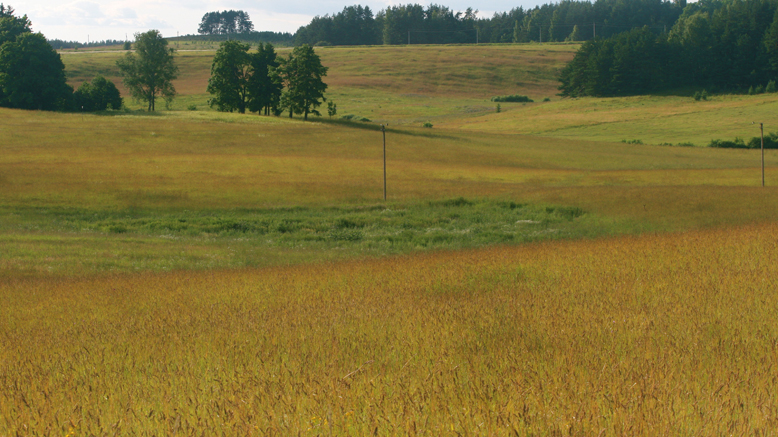| Alternative investments hedge against inflationary QE |
Sooner or later, the Federal Reserve, the Bank of England, and the European Central Bank will have created so much new paper fiat currency through QE that people will start to question the value of these paper fiat currencies. At that point, the urge to buy –whether it's capital goods or consumer goods or commodities – will revive the economy, and the recession will come to an end. That will reduce the level of caution people feel to something near normal. The result will be that all of the excess money that has been created since 2008 will come pouring out. For a little while it will look like happy days are here again – the economy will seem to be booming. But then the excess cash will set off hair-curling price inflation.This is why GreenWorld have long argued that everyone should have at least some small portion of real assets in their portfolios - non-financial assets that have real economic value, cannot be printed and are finite in quantity. While many run to Gold, the thing we at GreenWorld argue is that Gold pays no income and has no inherent economic value, i.e. you cannot eat it or build anything with it. From our perspective, the best of the alternative investments is farmland. Farmland pays regular income; it is a real, tangible asset; and it plays the macro trend of shrinking arable land and rising global population. All that, plus legendary commodities investor Jim Rogers is a huge fan of agricultural investments as well!
To look at GreenWorld's three farmland investments in Africa, Europe or Australia, please contact us at info@greenworldbvi.com.



